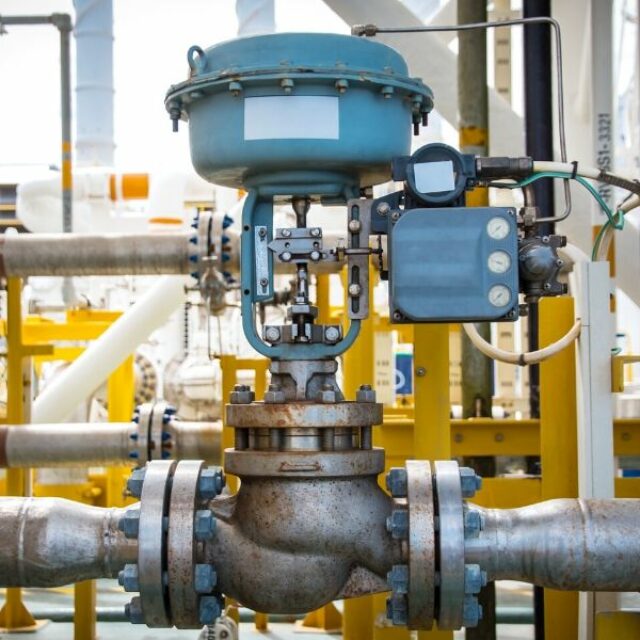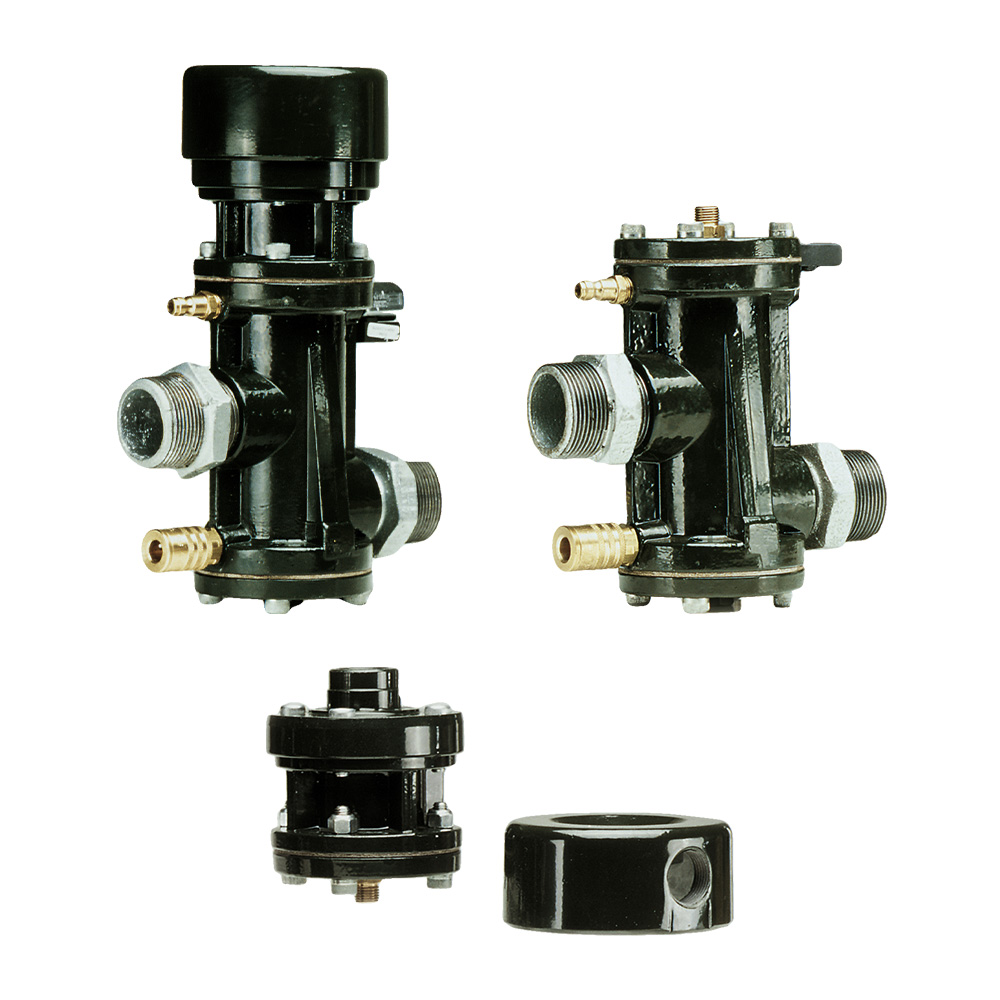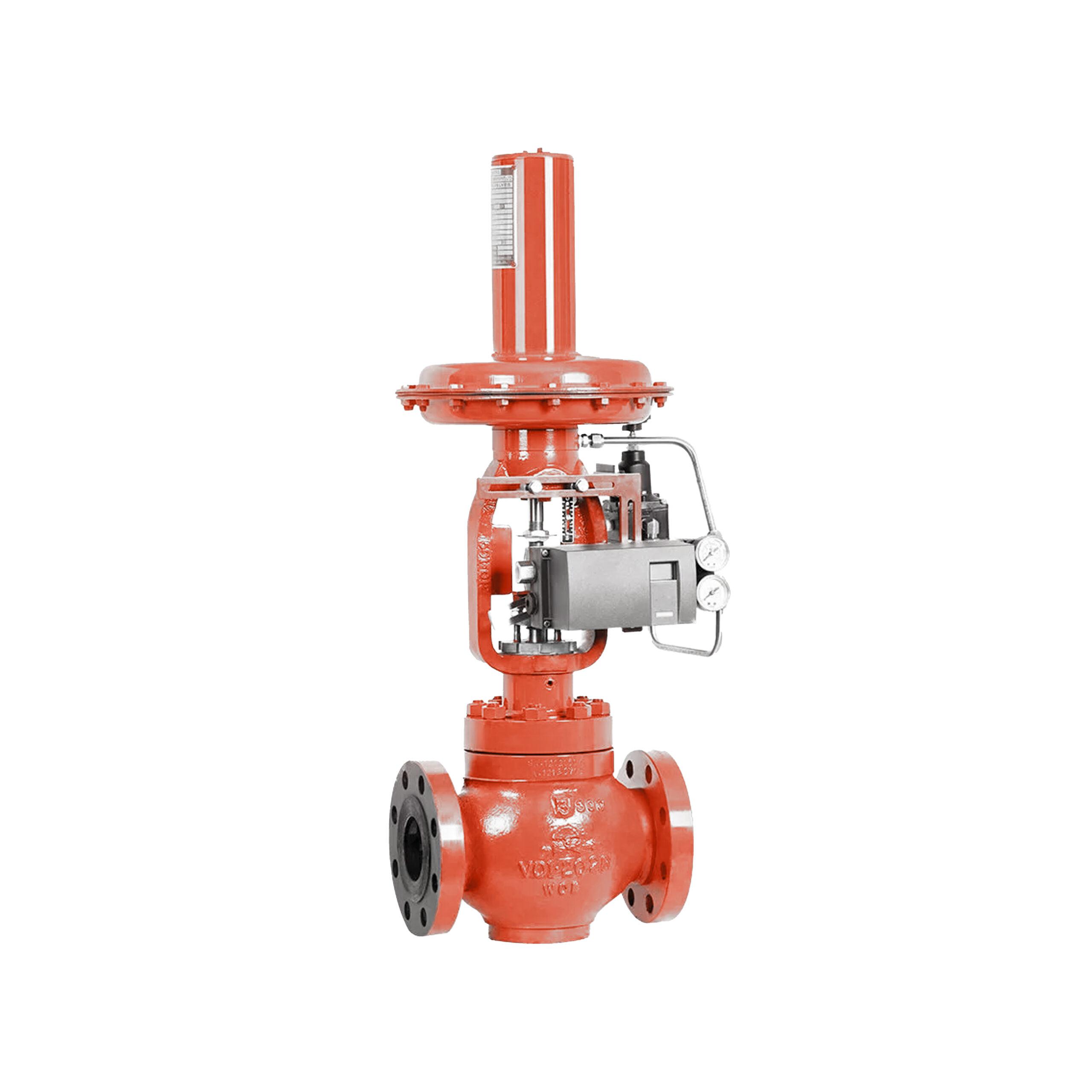The Function of Control Valves in Liquid Flow Monitoring Solution
The Function of Control Valves in Liquid Flow Monitoring Solution
Blog Article

Maximize Energy Financial Savings and Comfort With Advanced Building Automation Controls
In the realm of contemporary architecture and center administration, the integration of innovative structure automation regulates stands as a crucial development. The merging of technology and sustainability has actually birthed a new era where energy performance, convenience optimization, and functional streamlining are no more achievable truths yet remote ambitions. By taking advantage of the power of automation, structures can adjust, react, and develop in manner ins which were once unthinkable. The capacity for substantial power financial savings and enhanced comfort is not simply a promise yet a possibility waiting to be met. This standard shift in structure administration holds the crucial to opening a globe where ecological conscientiousness and resident well-being sympathetically coexist within the wall surfaces of our frameworks.
Energy Efficiency Conveniences
Power efficiency advantages can significantly lower energy usage and functional costs in structures. By executing energy-efficient practices and innovations, building proprietors and drivers can attain considerable cost savings while likewise contributing to environmental sustainability. One of the primary advantages of boosting energy efficiency in structures is the decrease of energy expenses. Energy-efficient systems, such as innovative building automation controls, can maximize the use of sources like home heating, cooling, and lights, causing lower power expenditures gradually.
Additionally, enhanced energy efficiency can prolong the life-span of structure devices and systems. By operating much more effectively, cooling and heating systems, lighting components, and various other building elements experience less wear and tear, leading to lowered maintenance and replacement costs. Additionally, energy-efficient structures commonly command greater residential property values and rental prices, supplying long-term financial advantages to owners.
Moreover, energy effectiveness can boost resident comfort and performance. Correctly controlled interior environments with optimum illumination and thermal conditions produce a more favorable and positive workspace, leading to improved staff member complete satisfaction and efficiency. Overall, the energy effectiveness advantages related to innovative building automation controls are multifaceted, incorporating cost financial savings, environmental stewardship, and occupant well-being.
Boosted Comfort Control
Enhancing convenience control in structure atmospheres requires an innovative combination of advanced automation systems for ideal resident health. By making use of sophisticated building automation controls, facilities can tailor the indoor setting to satisfy the particular demands and preferences of residents. control valves.
By including these advanced controls, buildings can not only enhance comfort however additionally enhance energy performance by enhancing system procedures based on real occupancy and usage patterns. Eventually, focusing on resident convenience through innovative automation systems leads to a much more satisfying and healthier interior setting.
Functional Efficiency Improvements

Additionally, the implementation of real-time tracking and analytics tools allows structure drivers to identify energy inefficiencies and operational abnormalities without delay. By continuously keeping track of power usage patterns and system efficiency metrics, changes can be made in real-time to optimize energy usage and make certain peak operational effectiveness. control valves. In addition, incorporating demand response methods right into structure my review here automation controls can better enhance operational performance by dynamically readjusting power usage based on grid conditions and rates signals
Indoor Environment Optimization
Efficient indoor climate optimization is an essential facet of structure automation controls, guaranteeing passengers' convenience and wellness while making the most of energy cost savings. By using innovative sensing units and controls, constructing automation systems can constantly readjust and check temperature level, humidity degrees, air high quality, and ventilation to produce an optimal indoor setting. Preserving constant and comfortable problems not just boosts owner satisfaction but additionally improves productivity and overall well-being.
Interior climate optimization also plays an important duty in power effectiveness. By fine-tuning heating, ventilation, and cooling systems based on real-time information and occupancy patterns, building automation controls can significantly lower energy intake - control valves. For circumstances, carrying out techniques such as demand-controlled ventilation and thermal zoning can assist minimize energy waste while ensuring that each area of the structure gets the required conditioning.

Lasting Setting Production
Building automation manages not only optimize interior environment conditions for energy efficiency and occupant convenience however likewise lay the foundation for developing a lasting atmosphere through strategic monitoring of sources and systems. By integrating innovative structure automation innovations, such as sensors, actuators, and smart software application, centers can check and readjust power usage in real-time to decrease waste and lower their carbon footprint. These systems enable predictive maintenance, recognizing possible problems before they rise and optimizing tools performance to boost long life and effectiveness.
Moreover, lasting environment production extends past power administration to encompass water preservation, waste decrease, and indoor air top quality enhancement. Structure automation controls can regulate water use, spot leakages, and make sure visit their website proper garbage disposal practices, adding to overall sustainability efforts. In addition, by regulating and monitoring air flow and purification systems, these technologies improve resident health and wellness and performance while decreasing power intake related to HVAC operations.
Verdict
In conclusion, advanced building automation regulates offer substantial benefits in terms of energy cost savings, convenience control, functional efficiency, interior environment optimization, and developing a lasting atmosphere. By carrying out these controls, buildings can achieve ideal performance while minimizing power intake and improving resident comfort. It is obvious that the usage of innovative automation technology is essential in improving structure efficiency and producing a much more lasting future.
Power efficiency benefits can considerably minimize energy usage and operational prices in buildings. Overall, the power efficiency advantages linked with innovative structure automation controls are diverse, including expense savings, environmental stewardship, and occupant health.
Additionally, including need action methods into structure automation controls can additionally improve functional effectiveness by dynamically adjusting power use based on grid conditions and rates signals.
Building automation manages not just enhance indoor environment problems for energy efficiency and passenger comfort however likewise lay the structure for developing a sustainable setting with tactical management of sources and systems.In conclusion, progressed structure automation controls offer substantial advantages in terms of power financial savings, convenience control, functional effectiveness, interior environment optimization, and producing a sustainable atmosphere.
Report this page